In 2022, we continued to see significant advances in dental technology that may have wide-ranging implications for the future of our practices and patients. Digital impressions with 3D scanning and printing have revolutionized the dental industry, making it easier to provide more accurate and efficient treatments for patients. In addition, the use of CAD/CAM technology has enabled dentists to quickly craft beautiful and durable restorations in-office, reducing the need for outside labs. Laser dentistry is also on the rise, providing a quicker and more precise way to perform soft-tissue treatments like gum reshaping. Finally, intraoral cameras and advanced x-ray technology are making educating patients on their diagnoses simpler and have greatly improved patient communication. Read on to learn more about the top dental technology trends in 2022, and consider how they might help your DSO grow in 2023!
-
3D Printing
Dental 3D printing is an exciting new technology that can create precise dental prostheses from 3D models. The 3D models are made from scans of a patient's teeth or gums, and then the printer can generate custom-fitted prostheses such as crowns, bridges, dentures, and implant-supported overdentures. The accuracy of these 3D models allows for more precise fitting and improved comfort compared to traditional dentures. At Operation Dental, we also use 3D printing to create surgical guides, which help ensure the implants are placed in the correct position, leading to more predictable outcomes.
Additionally, the use of 3D printing reduces the time it takes to complete a dental procedure, which can minimize inconvenience to the patient. 3D printing is also more environmentally friendly than traditional methods, as it eliminates the need for wasteful materials such as plaster or wax. As technology continues to evolve, dental 3D printing has the potential to revolutionize dentistry and improve the lives of many patients.
-
Computer-Aided Design and Manufacturing (CAD/CAM)
Dental Computer-Aided Design and Manufacturing (CAD/CAM) is a cutting-edge technology used to create custom dental restorations such as crowns, bridges, and veneers. This technology allows dentists to quickly and accurately design and fabricate dental prosthetics that are perfectly tailored to each patient. CAD/CAM technology utilizes computer software to create a 3D model of the restoration, which is then milled directly from a block of porcelain or other material in a computer-controlled milling machine. This process is faster and more precise than traditional methods, resulting in a higher-quality restoration with fewer visits to the dentist.
-
Laser Dentistry
Laser dentistry is a revolutionary new way to perform dental procedures. Instead of using traditional dental instruments such as drills and scalpels, laser dentistry uses lasers to precisely target and remove areas of decay or shape gums. Laser dentistry is less invasive than traditional methods and can provide a more comfortable patient experience, minimizing pain. Laser dentistry can also provide more accurate results for cavity preparation procedures and reduce the risk of infection. With its precision and improved patient comfort, laser dentistry is the wave of the future.
-
Intraoral Cameras
Intraoral cameras are quickly becoming an invaluable patient education and documentation tool in the modern dentist's office. Intraoral cameras are used to educate patients about their oral health, providing them with a detailed view of the inside of their mouth on a monitor. This helps patients better understand the importance of good oral hygiene and the potential consequences of leaving dental issues untreated. They also allow for detailed documentation, progression tracking, and before-and-after comparisons.
In the Operation Dental practices where we've introduced some of this new technology, we're already seeing positive impacts both clinically and financially. From improved diagnoses and treatments to increased patient satisfaction, we look forward to watching these advancements continue to grow our practices in the coming years.



